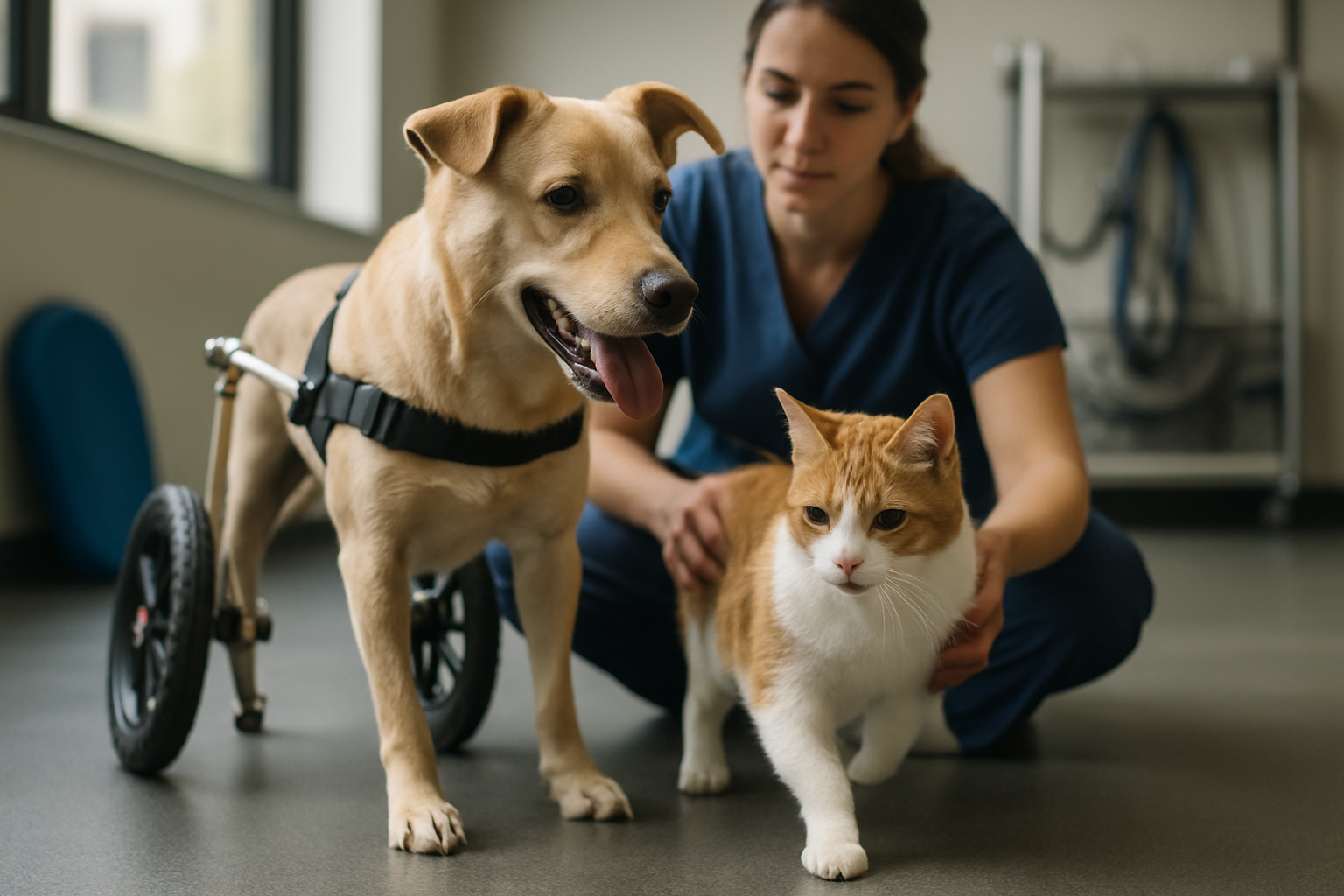Essential nutrition guidelines for your companion at every life stage
Good nutrition underpins a companion animal’s health, behavior, and longevity. Whether welcoming a puppy, managing an active adult dog, or caring for a senior cat, understanding how dietary needs change with growth, activity level, and medical conditions helps owners make informed choices. This article outlines practical, evidence-informed nutrition guidance for each life stage and common situations.

Nutrition shapes every aspect of a companion animal’s life, from growth and training responsiveness to grooming condition and overall health. Individual needs vary by species, breed, size, activity level, and medical history, so generic advice should be tailored with input from a veterinary professional. This article explains how to adjust feeding through life stages, supports behavior and socialization goals with proper diets, and highlights when to seek veterinary or first aid guidance for diet-related issues.
Nutrition for young companions
Young animals require nutrient-dense diets designed for growth. Puppy and kitten formulas have higher protein, fat, and certain minerals compared with adult diets to support rapid tissue and brain development. Proper feeding supports training and socialization by stabilizing energy and reducing hunger-driven behaviors during learning. Free-feeding is generally not recommended for growing companions; measure portions and follow manufacturer or veterinary guidance. Introduce new textures and balanced treats early to promote acceptance of a variety of foods and reduce picky behavior later in life.
Nutrition for adult health and behavior
Adult companions need maintenance diets balanced for energy, protein, essential fatty acids, vitamins, and minerals. Energy needs depend on exercise and metabolism: active dogs require higher caloric intake while low-activity or indoor pets need fewer calories to avoid weight gain. Nutrition also influences behavior—consistent meal schedules and nutrient-rich foods can reduce irritability, hyperactivity, or food-seeking behaviors. Grooming and coat quality often reflect fatty acid and protein intake, so select diets that meet recognized nutritional standards and consider supplements only under veterinary advice.
Nutrition for exercise and enrichment
Pets involved in regular exercise, sports, or enrichment activities need diets tailored to support endurance, recovery, and cognitive engagement. Carbohydrate sources provide quick energy for high-intensity play, while quality proteins support muscle repair. Hydration is essential around exercise and travel; offer fresh water and, when appropriate, electrolyte solutions recommended by a veterinarian. Use food-based enrichment—puzzle feeders and varied textures—to slow feeding, reduce boredom, and reinforce positive training outcomes without overfeeding.
Nutrition for seniorcare and medical needs
Aging companions often benefit from diets formulated for senior care: lower calories to prevent obesity, adjusted protein to maintain muscle mass, and added joint-supporting nutrients such as omega-3s and appropriate antioxidants. Chronic conditions like kidney disease, diabetes, or food sensitivities require prescription or specialized diets managed by a veterinary professional. Monitor weight, appetite, mobility, and grooming; subtle declines often signal that dietary or medical adjustments are needed. Regular veterinary checks and tailored nutrition plans help maintain quality of life in senior animals.
Nutrition, travel, and safety considerations
When traveling with a companion, maintain familiar foods and feeding schedules to minimize digestive upset and stress. Pack measured portions, preferred treats, and any supplements or medications. Food safety is critical: store perishable items properly, avoid sudden diet changes before travel, and be cautious with human foods that are toxic to animals. First aid kits for pets should include information on diets, known allergies, and emergency contact details for a local veterinary clinic in the destination area.
Veterinary guidance, first aid, and adoption transitions
Work with a veterinarian to create a nutrition plan that supports preventive care, vaccination schedules, and behavior goals like socialization and training. When adopting, gradually transition to new diets over 7–10 days to reduce gastrointestinal upset and support social adjustment. Be prepared to manage acute feeding issues—vomiting, diarrhea, or sudden appetite loss—with veterinary advice; first aid for diet-related emergencies focuses on stabilizing hydration and seeking prompt professional care. Routine vet visits help adjust diets as the companion’s needs evolve.
Conclusion Balanced nutrition is a dynamic part of companion care that intersects with training, behavior, grooming, exercise, and overall safety. Owners who adapt feeding to life stage, activity level, and medical needs—and who consult veterinary professionals—support better health outcomes and improved quality of life for their companions. Regular monitoring and small, deliberate changes in diet and feeding routines can address many common issues as pets move through life stages.





